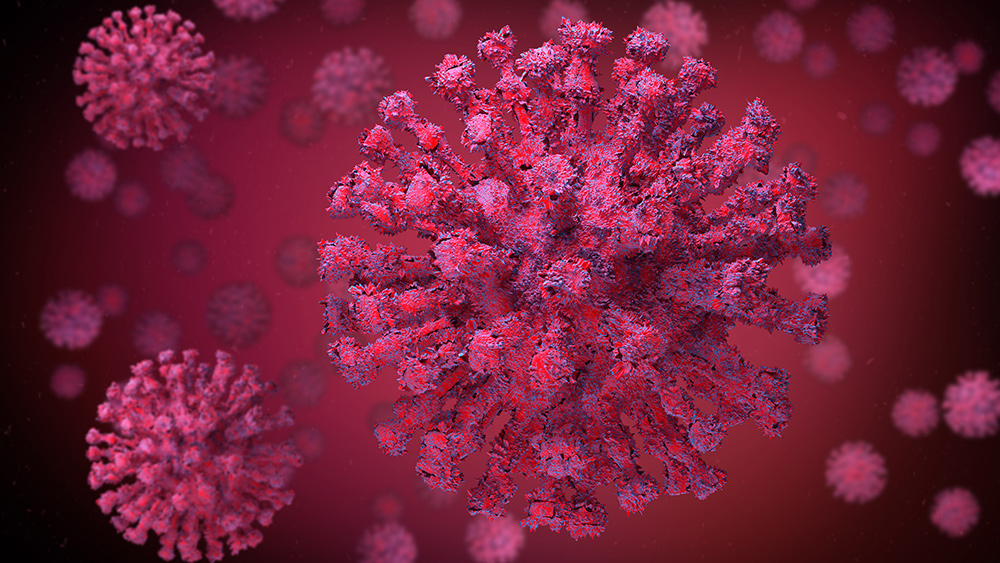Health officials in two Australian states warn of the spread of a more infectious COVID-19 variant
01/11/2024 / By Laura Harris

Health officials in the Australian states of Victoria and New South Wales (NSW) have issued public warnings about the supposed increase in cases of the JN.1 variant of the Wuhan coronavirus (COVID-19), known for its “wave-on-wave pattern” of infections.
The variant, identified as sub-lineage BA.2.86 of the post-vaccine omicron variant, has prompted the issuance of health alerts and has raised fears among experts, noting that the variant has driven a significant increase in infections and hospitalizations across both states.
Chief Health Officer of Victoria Dr. Clare Looker has described this new variant as having “a bit of a wave-on-wave pattern” of infection, instead of a “lull or a return to a baseline between waves.” (Related: Asia braces for new wave of coronavirus infections, more countries to see spikes in caseloads.)
In NSW, the most populous state in Australia, hospital admissions are increasing, with several sources suggesting that hospital beds are reaching their full capacity. Recorded positive PCR tests have also risen, but self-reporting from infected individuals has decreased. However, health officials have not yet released their official data. Meanwhile, in Victoria, health authorities issued a health alert specifically for the BA.2.86 variant on Jan. 8, marking its second surge within the past six months.
Both cases in Victoria and NSW, forming the ninth wave, are expected to reach their peak in the coming weeks.
The Department of Health, Victoria reported a surge in hospitalizations across the state over the past month. Meanwhile, NSW Health reported that around 400 people were being admitted to the hospital with COVID-19 each week and that there was “a high level of COVID activity in the community at the moment.”
“Part of the concern with this new variant has been the speed with which it’s taken off. So over a few weeks, we’ve really seen it very quickly be the dominant variant in the community,” Looker said.
JN.1 feared to have many mutations that can evade immune responses
The JN.1 variant’s spread is being treated seriously by Australian state governments because of its direct lineage from the BA.2.86 variant. This variant caught the attention of scientists and public health officers all over the world because it carried 30 more spike protein mutations compared to its predecessor, which raised fears that it could better evade immune responses.
Current analyses conducted on the structure of the JN.1 variant note that it has just one additional spike protein mutation compared to the BA.2.86, but scientists claim the mutation – called L455S – makes the JN.1 variant much more transmissible. Earlier research has already found that JN.1 was significantly more infectious than BA.2.86.
Stuart Turville, a virologist working for the University of New South Wales’ Kirby Institute, noted that the particular change in the JN.1 affected the part of the virus that binds to cells, helping it better evade antibodies.
“[BA.2.86] was dominating in its own way, but it hadn’t quite navigated well past the next hurdle, which is actually navigating around antibodies,” warned Turville. “With JN.1, we’ve got a situation where it’s gained the competitiveness of evading antibodies XBBs or EG.1 [omicron subvariants].”
Head over to Pandemic.news for more stories about the resurgence of COVID-19 worldwide.
Watch this video explaining why the omicron XBB 1.5 variant is more likely to infect fully vaccinated persons.
This video is from the AxeTruth channel on Brighteon.com.
More related stories:
New wave of COVID-19 infections driven by omicron sub-variants hits China.
COVID-19 mask mandates RETURN in U.S. hospitals amid spread of JN.1 variant.
Study: Mask mandates made no difference to COVID-19 transmission rates in hospitals.
Sources include:
Submit a correction >>
Tagged Under:
Australia, big government, chaos, covid variants, covid-19, Dangerous, health science, infections, JN.1, national security, New South Wales, omicron, outbreak, pandemic, panic, Plague, spike protein, Victoria
This article may contain statements that reflect the opinion of the author
